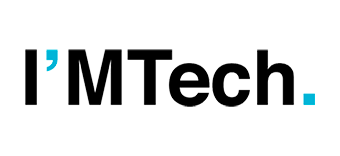Energy Transitions: The challenge is a global one, but the solutions are also local
For Bernard Bourges, there is no doubt: there are multiple energy transitions. He is a researcher at IMT Atlantique studying the changes in the energy sector, and takes a multi-faceted view of the changes happening in this field. He associates specificities with each situation, each territory, which instead of providing an overall solution, give a […]

